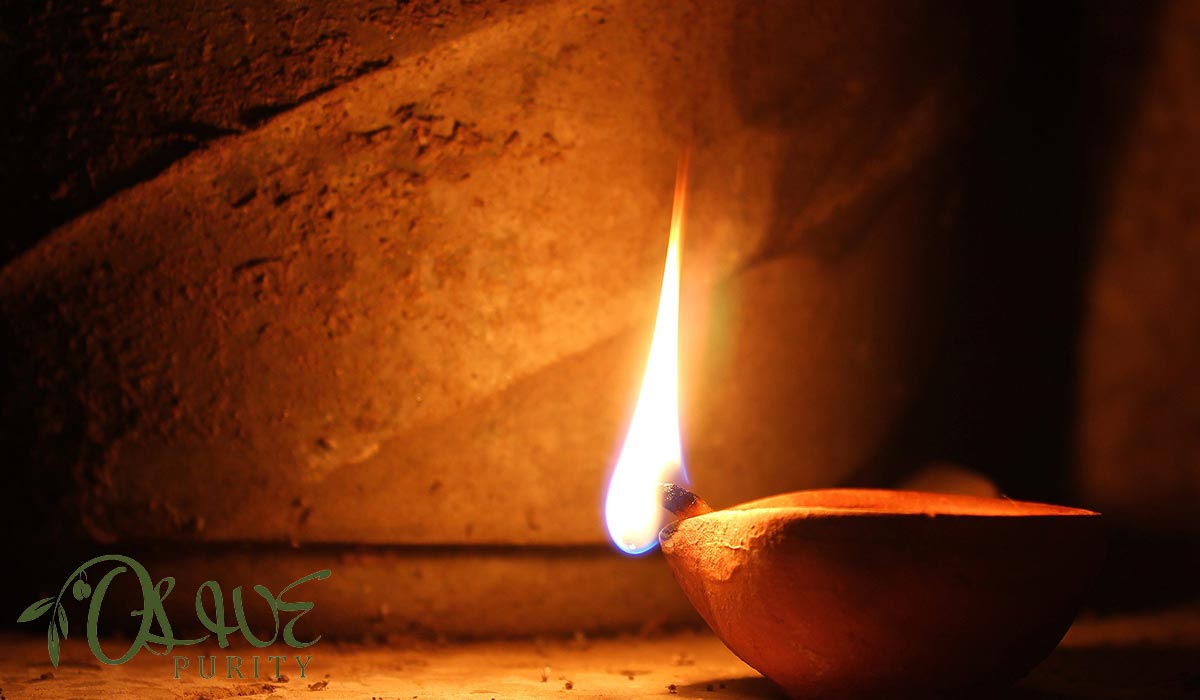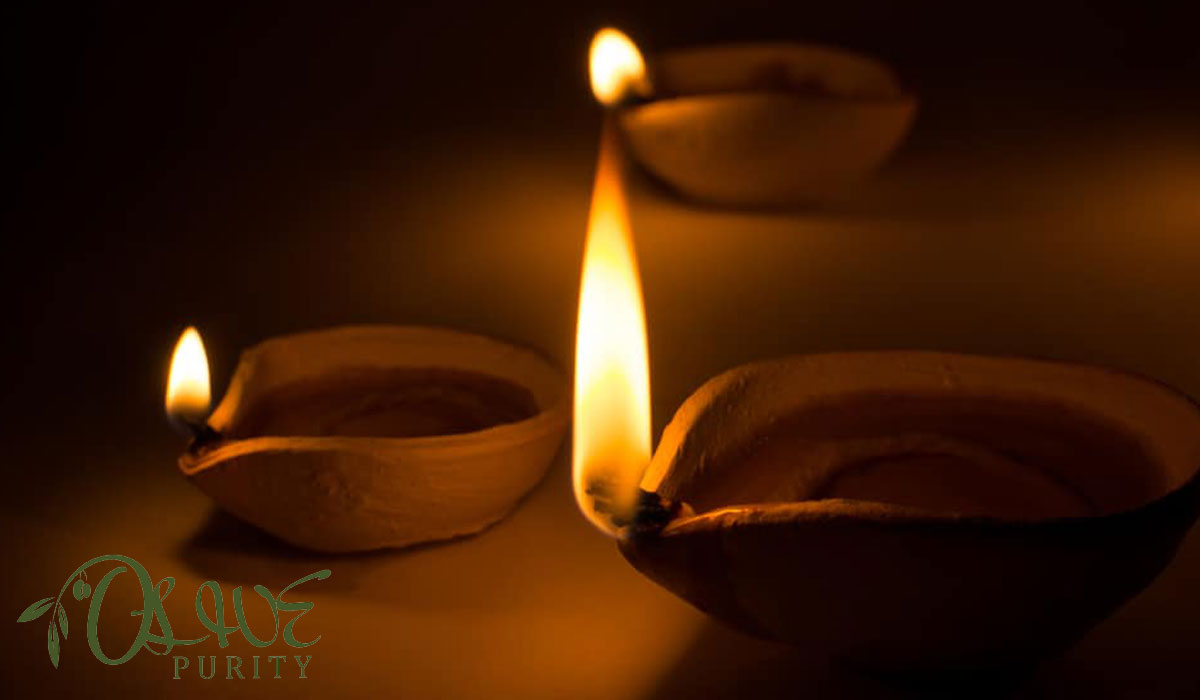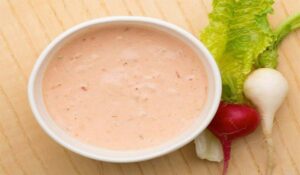Detailed Analysis of Olive Oil Lamp Burn Time
Key Takeaways
- The olive oil lamp burn time relies upon on a range of of things, including the scale of the lamp, the form of oil used, and the size of the wick.
- Olive oil lamps are a noticeably efficient source of light, but they do devour fuel. the quantity of gas ate up will rely on the dimensions of the lamp and the burn time.
- The scale of the wick is an important thing in identifying the brightness and olive oil lamp burn time. a larger wick will burn brighter and longer than a smaller wick.
- The brightness of an olive oil lamp may be adjusted by way of adjusting the scale of the wick. a larger wick will produce a brighter flame, at the equal time as a smaller wick will produce a dimmer flame.
- Olive oil lamps are typically safe to use, but there are some protection precautions that ought to be taken. usually use a lamp this is in accurate situation and in no way leave a burning lamp unattended.
- Olive oil lamps require a few care and preservation to preserve them in accurate running order. The wick should be trimmed regularly and the lamp should be wiped clean periodically.
Factors Affecting Burn Time
- Quality of Olive Oil: The purity and type of olive oil used can influence the burn time. Pure, less viscous oil tends to burn more efficiently.
- Environmental Conditions: External factors such as air currents, temperature, and humidity can also affect how long an olive oil lamp burn.
Calculating Burn Time
To estimate the olive oil lamp burn time, one needs to consider the lamp’s fuel capacity and the rate of fuel consumption, which is influenced by the wick size and flame brightness.
Olive Oil Lamp Fuel Consumption
Understanding how different factors like the quality of oil and wick material impact fuel consumption is crucial for efficient use. This section could be expanded with more detailed guidance on selecting the right type of oil and wick to optimize fuel efficiency.
Olive Oil Lamp Wick Size
The size and material of the wick significantly influence the lamp’s efficiency. A more in-depth exploration of different wick materials and sizes can provide valuable insights into how to choose the best wick for a specific lamp type and desired burn time.
Flame Brightness and Efficiency
A detailed examination of how the brightness of the flame impacts the lamp’s overall efficiency and aesthetics can be beneficial. This section can include tips on adjusting the flame to balance brightness and burn time effectively.
Safety Considerations with Olive Oil Lamps
Expanding on the safety aspect, this section can include more comprehensive safety guidelines, like proper handling, placement, and storage of olive oil lamps to prevent accidents.
Care and Maintenance for Longevity
In-depth tips and techniques for maintaining olive oil lamps can enhance this section. Topics can include cleaning methods, wick trimming techniques, and best practices for storing olive oil to preserve its quality.
Exploring Various Olive Oil Lamp Designs
A more extensive look into different designs and their historical origins can provide a richer understanding of the diversity and evolution of olive oil lamps.
Olive Oil Lamps in Different Cultures
This section can explore how various cultures have used olive oil lamps throughout history, emphasizing the cultural significance and traditional practices associated with these lamps.
Modern Uses of Olive Oil Lamps
Apart from traditional lighting, olive oil lamps can be used in contemporary settings for ambiance, aromatherapy, or as eco-friendly lighting solutions. This section can provide ideas and inspiration for incorporating olive oil lamps into modern lifestyles.
DIY Olive Oil Lamp Making
A step-by-step guide on making a simple olive oil lamp at home can engage readers interested in DIY projects. This section can include a list of materials needed, safety tips, and customization ideas.
Frequently Asked Questions
Conclusion
Reiterating the key points, this section can emphasize the blend of tradition, simplicity, and practicality that olive oil lamps offer. It can also encourage readers to explore the use of these lamps in their own lives, respecting their historical and cultural heritage.













